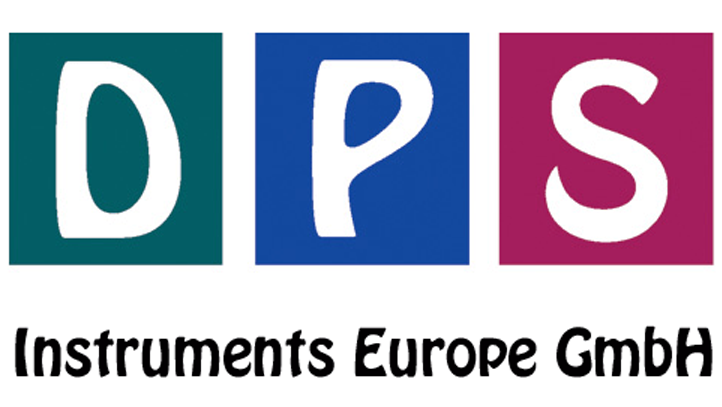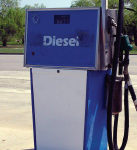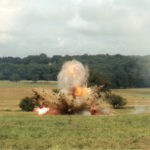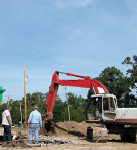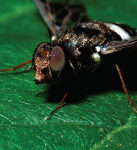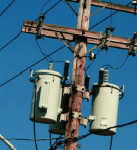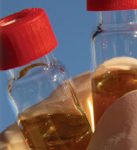Phthalates are used in a large variety of products, from coatings of pharmaceutical pills to viscosity control agents, gelling agents, film formers, stabilizers, dispersants, lubricants, binders, emulsifying agents, and suspending agents. They are also found in adhesives and glues, building materials, personal-care products, medical devices, detergents, packaging, children’s toys, modelling clay, waxes, paints and coatings, pharmaceuticals, food products, and textiles. Phthalates are moreover frequently used to soften Polyvinyl Chloride (PVC). Since the phthalate does not form a molecular bond with the plastic it can be removed with heat, or organic solvents creating a potential environmental risk. DPS configures the Phthalates GC Analyzers with the sensitive FID detector to identify Phthalates in these common products, or the environment. The fast heating and rapid cooling column oven in every DPS GC vastly increases your sample throughput. The fully integrated Phthalates GC Analyzer systems are small and lightweight and all Environmental DPS systems are modular for expandability, upgrades, and easy service.
